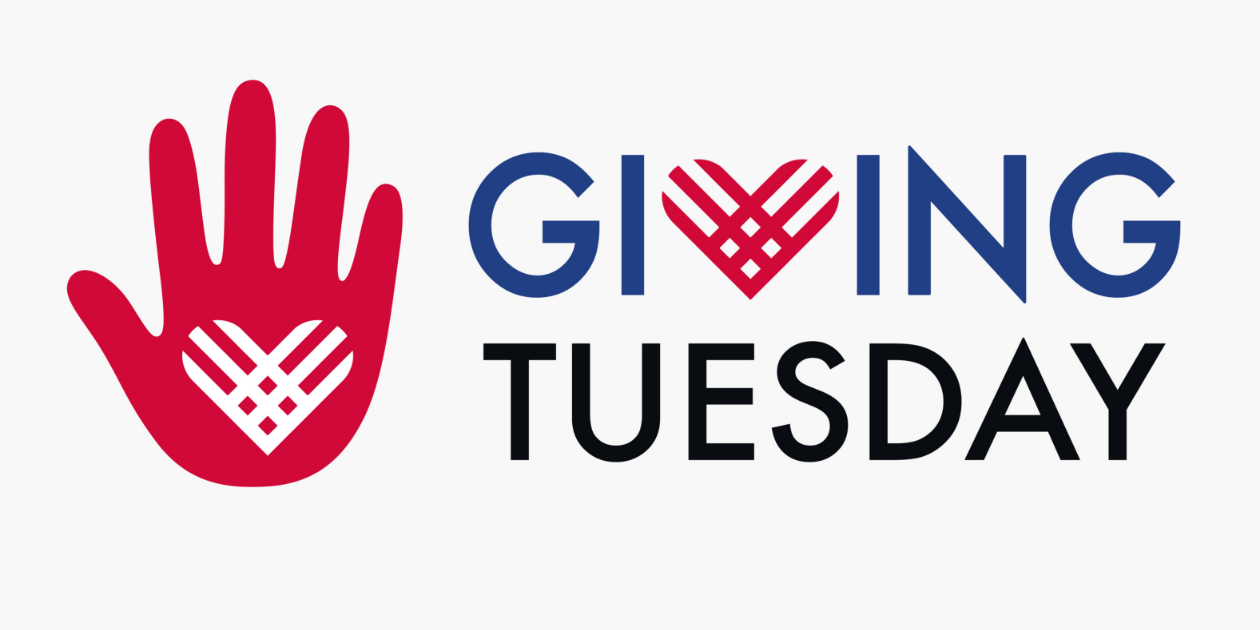
Many nonprofits are, by their very nature, lean operations. Chances are that the founder and their limited staff aren’t bringing as much money as they are enthusiasm to their vision. The people they bring in to carry out their mission (including staff, board members, and volunteers) come in understanding that they’re not there to get rich—if they’re paid at all. While there might be some experience in the mission at the top of the organizational chart (although this is by no means assured), it’s common for the volunteers to be more well-intended than experts, and any paid staff to be early in their career.
That means that everyone is going to need some training to get the job done.
So, what steps should a nonprofit take to get its team educated and trained to meet the challenge in front of them? Here are five tried-and-true tips to help you do so in the most efficient, and cost-effective way possible
1. Assess the training you need.
The first step is to figure out what training you need. Every nonprofit starts with a group of people whose skills and interests vary widely, all focused on the problem that the organization plans to address. The one certainty is that you will never start with 100% of all of the skills you need to run a nonprofit.
Everyone needs mission expertise.
Being well-intended rather than an expert in one’s mission is consistently a major obstacle to nonprofit success. Let’s say that, inspired by the all-too-frequent car/bicycle accidents in your town, a group of people see the need for a nonprofit to make your community more bicycle-friendly. How many of them are transportation experts? None. How about civil engineers who can discuss road design? Well, there’s one engineer, but when she was in school, nobody discussed bicycles. Anyone who knows the state laws around bicycle use? Sorry. To be taken seriously, raise money, and make an impact, the entire team needs some level of expertise in the mission, and the leadership most of all. Therefore, training in your mission is a must for everyone.
But not everyone on your team needs in-depth training on your start-up’s mission focus. A lot of your team won’t ever go near a client. So, to get everyone on the same page, you need a basic mission boot-camp. The boot-camp is for everyone as an introduction to your program, where they can learn the story of why the nonprofit began and make them better advocates for your mission in the community.
More than any other stage in the lifecycle of a nonprofit, small and growing organizations attract a large number of mission-focused people. But that brings two issues. First, as well-meaning as everyone is, not everyone will have the skills, personality, or aptitude to do mission-related work. If your mission is to use sailing as a way to reach at-risk youth, but the person in front of you doesn’t know a jib from a keel, you need to find them a place to make a meaningful contribution to the program.
The good news is that every nonprofit team needs non-mission specialists—so training in areas like accounting, fundraising, marketing, volunteer engagement, and more are not luxuries, they’re required. These are perfect places for nonprofit teams to feel their contribution is meaningful while serving critical functions in the organization.
2. Watch your costs.
There’s always a tension in training between “free is good” and “you get what you pay for.” Smaller nonprofits, in training and just about everything else, tend to fall into the “free is good” camp. Actually, that’s not so bad. There’s a lot of quality, free nonprofit training resources available to nonprofits, especially around non-mission related topics like fundraising, volunteer engagement, marketing, and more. The trainers tend to be consultants or businesses that serve nonprofits and are looking for brand visibility.
However, don’t dismiss paid training entirely. You may not have the organizational budget, but some team members might have the means and the commitment to pay for their own training.
Another way to cut costs for an organization is by leveraging group training. It can be a great morale booster and team-building exercise, while also providing valuable educational content. Free webinars can be viewed from each other’s respective home offices, followed by a Zoom discussion on the topic and its application to your situation. Paid courses often offer group discounts, and many instructors will sell an organization one seat license for training that can be viewed by as many people as you can fit in a room (socially distanced, of course).
3. Make training convenient.
What’s more convenient than partaking in a training course from your own computer, tablet, or phone in your own living room? Nonprofit training is increasingly moving online—and not just because of the pandemic. As trainers become more comfortable with the medium, they’re getting better at it, too. And the learners, with their own experiences with online learning in K-12 education, universities, and free self-training platforms like YouTube, are much more open to technology-based courses.
Convenience is more than binge-watching fundraising videos on your couch. It’s also content that is the right length that works into your team’s lifestyle. For example, if the training is video-based, short content works best for most people. For a person taking a course on their own, short segments are convenient to watch during “bumper times” in the day, like when you’re doing the dishes or after the kids are in bed.
4. Make training engaging.
Everyone says that engaging participants in your training is important, but how? It starts with your trainer. Some trainers just connect with their audience better than others—through their tone of voice, their facial expressions and body language—and how they use those traits in their chosen medium.
Online teaching isn’t just live teaching on screen. And you can’t always effectively take your online presentation and use it in a live setting. They’re different, like live theater is different from television.
But it’s more than just talking heads and slides—whether in-person or online. Effective training is also targeted to a variety of learning styles. Some of your team will need hands-on experiences between segments, while others will want reading and others still will want to talk about what they saw. Presenting with all these methods in your team’s training will get the information into their heads, and more importantly, into the hands of those you serve.
5. Track your training.
Many nonprofits are in an enviable position of starting with a record-keeping blank slate. The problem is that if training is tracked at all, it’s on a spreadsheet or index cards.
Those may seem sufficient at first, but they’ll soon become time-consuming. As you grow, you need to integrate your data with other information, like volunteer hours and gift commitments, so you can get a holistic view of someone’s relationship with your nonprofit. Besides, you can’t afford a lot of non-mission downtime trying to figure out who did what training—and what their next steps are.
Starting out right by keeping records of your team’s training on a more sophisticated program like a volunteer management system can be a major advantage to your start-up. You can see at a glance whether someone needs your basic mission bootcamp, or whether they are ready to organize your next event. For board members, you’ll know if they watched the required Robert’s Rules of Order videos in time for their next meeting, or received their training to ask for gifts. You might even be able to assign mentors to new team members so that training gets better context, and trainees stay longer with your organization.
Tracking your training also lets you decide whether you’re meeting your goals. For example, how can you find out whether you have enough people ready to work with clients if you don’t know how many, and who, are trained for the job?
So, are you ready to get your entire team on the training track? A coordinated training program that meets your informational needs, doesn’t take a ton of mission dollars from your budget, is convenient and engaging to your learners, and lets you track your ability to serve clients can give your nonprofit team the skills to blaze a path to mission success. Good luck!
This was a guest post contributed by Matt Hugg of Nonprofit Courses.
Matt Hugg is an author and instructor in nonprofit management in the US and abroad. He is president and founder of Nonprofit.Courses, an on-demand, eLearning educational resource for nonprofit leaders, staff, board members, and volunteers, with hundreds of courses in nearly every aspect of nonprofit work.




